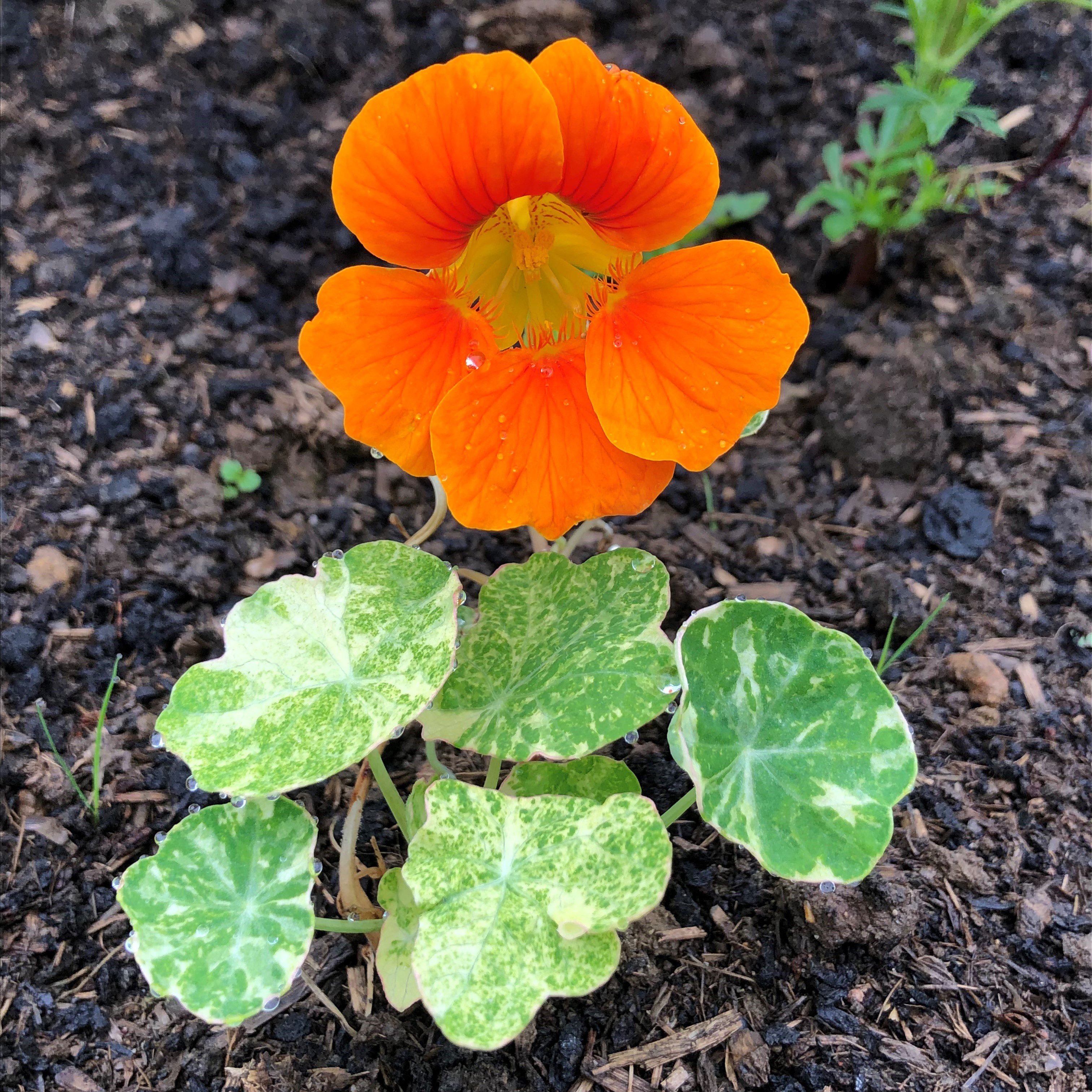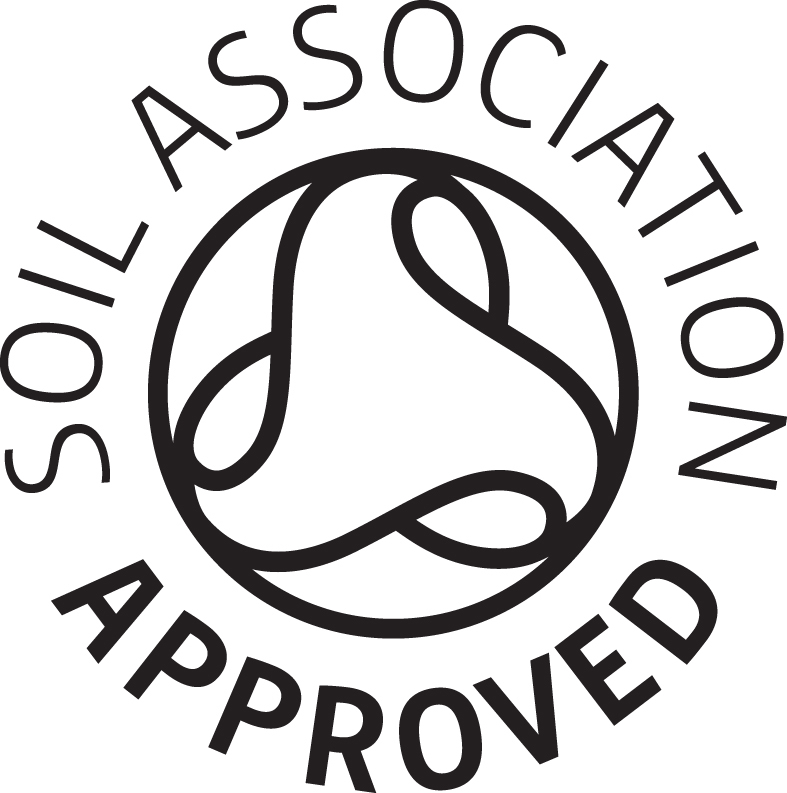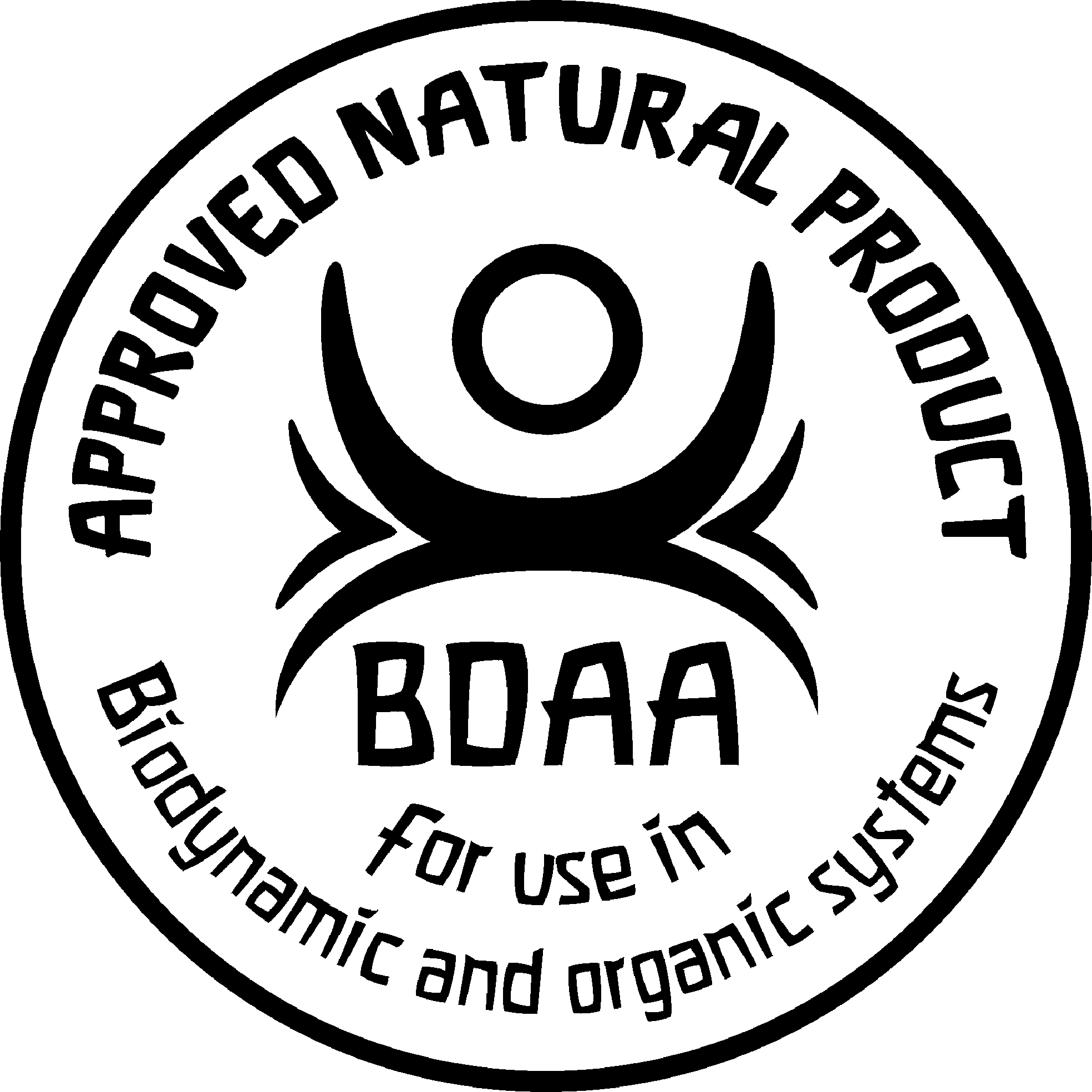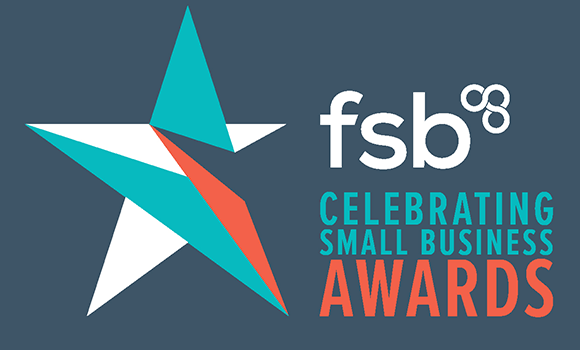Nasturtiums are the perfect organic pest control! Flea and cucumber beetles will be tempted away from squash and cucumber plants. Cabbage white butterflies are attracted to their leaves, and they will often choose to lay their eggs on nasturtium leaves, instead of cabbage leaves. The cabbage white caterpillars stay on their host plant, rather than seeking out new plants like cabbages and brassicas. Nasturtiums are the perfect companion plant for pest control.
Black aphids love broad beans, but plant some nasturtiums nearby and the tiny black aphids will soon infest the nasturtium leaves and leave the beans alone. You can see on our instagram account a video showing you broad beans planted with Nasturtiums around them and some broad beans without the Nasturtiums. The difference between the two is incredible.
Whilst they tempt the pests away from vegetables, the flowers are beautiful and provide nectar for the bees. The design on the petals of the nasturtium flower guides the bees down to the back of the flower to find the pollen.
The seeds can be saved once they have dried to sow more plants. Either sow them in individual pots or direct-sow them where there are going to grow. Top the soil with some Natural Grower Soil Conditioner to help keep the soil moist and encourage the seeds to germinate.
If there is anything left of the plant after all the pests have feasted on them, then the flower petals and leaves are edible. When eating the flower, pinch out the back of the flower to remove the centre and spur, as these taste bitter. The flowers have a slight spicy flavour, a bit like watercress and both the petals and leaves are high in Vitamin C and Iron. The orange and yellow flowers are also high in antioxidants. What better excuse does anyone need to add them to salads!
Organic pest control, nectar for bees, and full of Vitamin C, Iron and antioxidants – perfect!









